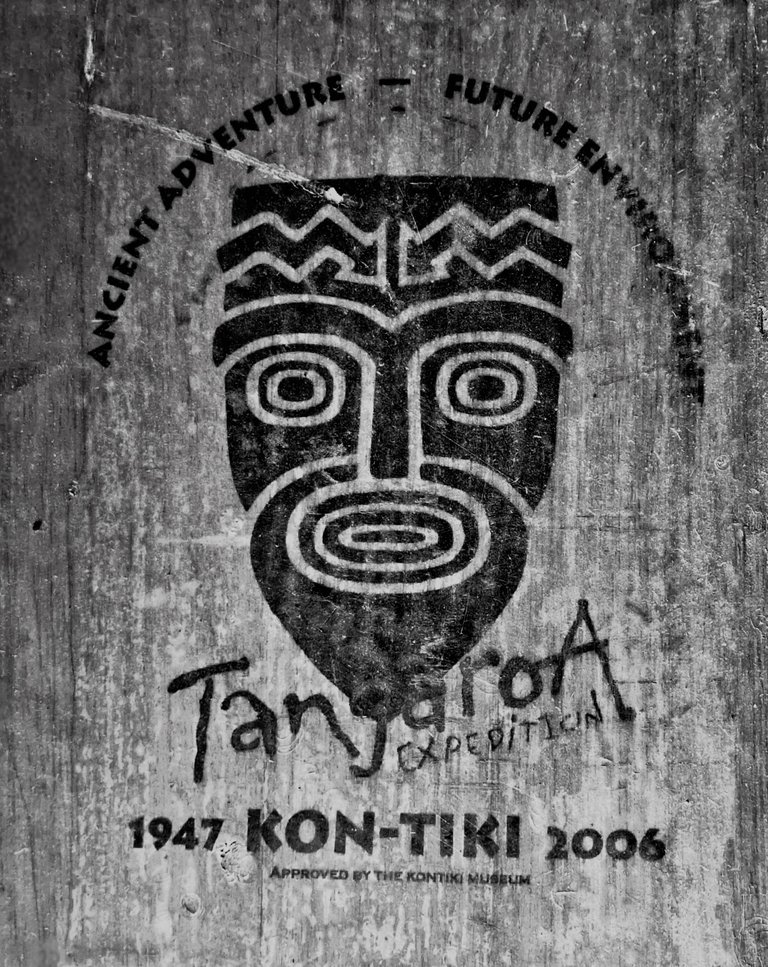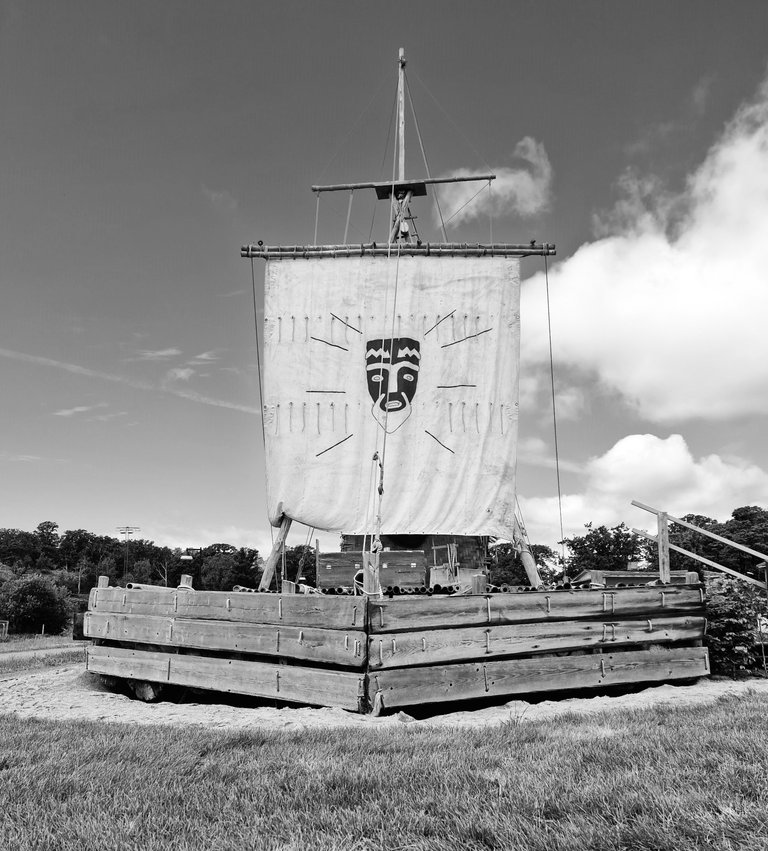
in 1947 a Norwegian named Thor Heyerdal led an expedition from Peru to French Polynesia on a primitive raft. the team built the raft exclusively from materials available and techniques known to the ancient people of Peru, balsa logs, bamboo, wood, natural fiber sail, rope, twine and mats etc. the idea was to prove Heyerdahls controversial theory that the islands in the south pacific could have been populated by the peoples of South America.
In the eyes of many putting their lives at risk at sea was a preposterous idea but Heyerdahl and team astounded the world by successfully making the 6,900 km journey landing on the island of Raroia after 101 days at sea without any assistance. One of his many important observations recorded was the unexpected amount of pollution in the ocean already back in 1947.the original raft is on display at the Kon-Tiki museum in Oslo
In the aftermath several similar expeditions have been launched by various teams though not all were successful. In 2004 Heyerdahl's grandson assembled a group connected to the museum with the ambition of repeating the journey with the ambition of sharpening the focus on the ever increasing pollution. they built a replica of Kon-Tiki and named it Tangarao, the islanders god of the ocean. Construction in Peru was completed in 2006 and they launched just as Heyerdahl's team had done years before. though this journey was certainly perilous the 6 man crew had more modern back up than the original had. despite the raft being almost impossible to steer they reached the exact same distant island, Raroia considerably faster than the Kon-Tiki expedition.
It just so happens that Thor Heyerdahl grew up in Larvik, about 8 km from where we live, so he is a much celebrated local hero. there are plans of building a museum of his life's accomplishment in Larvik, featuring the Tangaroa raft. For now though it has been placed outside on a mound of sand as the center of a newly established park at Sjøparken, quite close to where we live. i took all these photos there earlier this year with my S22 phone
.
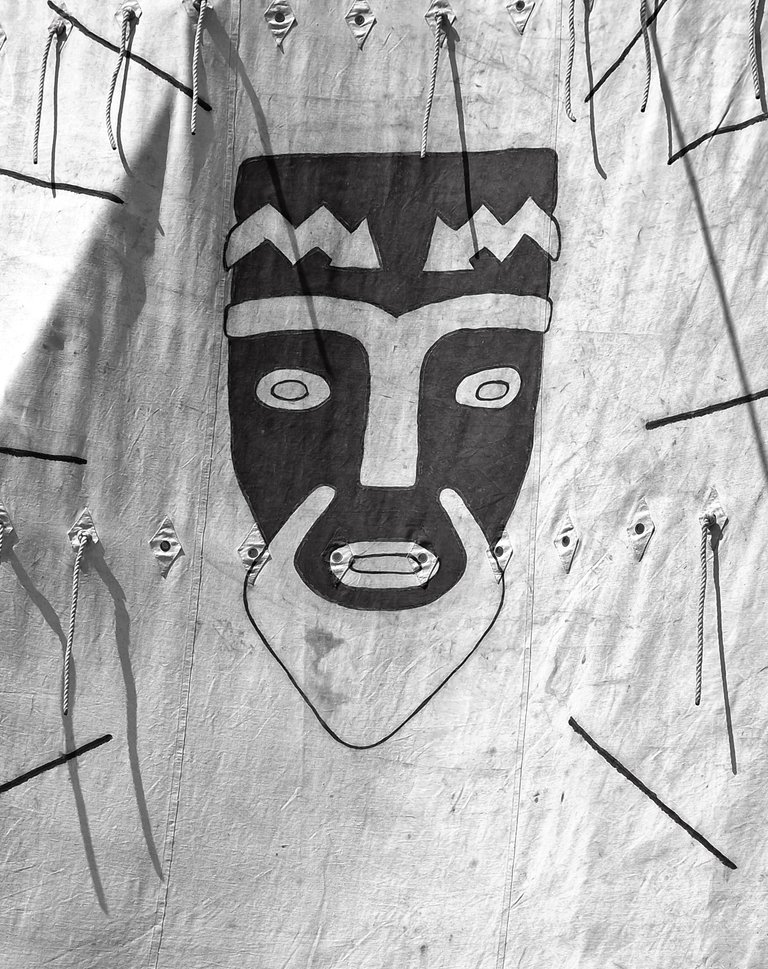
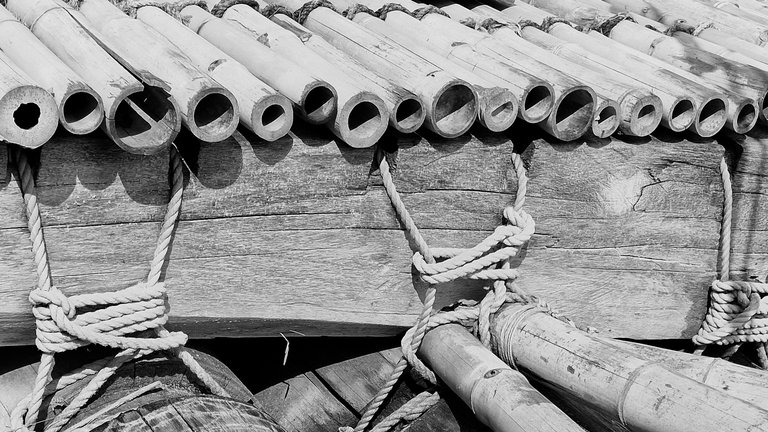
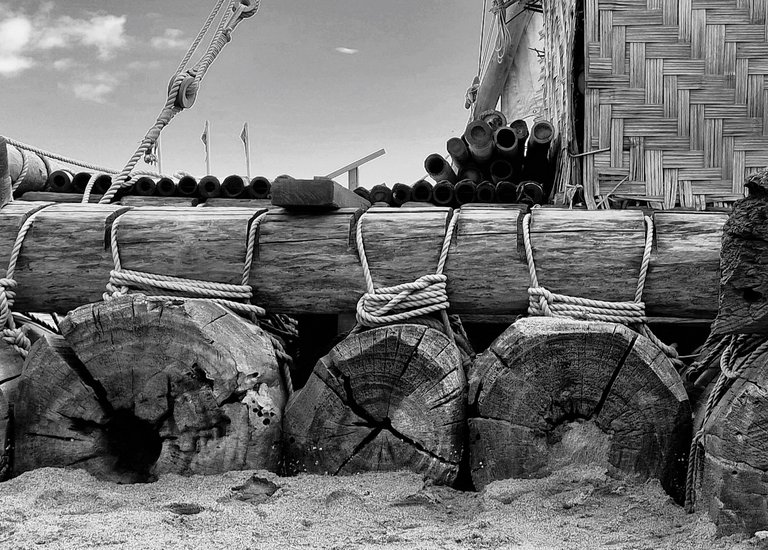
the raft is built two layers of balsa logs and a floor of bamboo poles
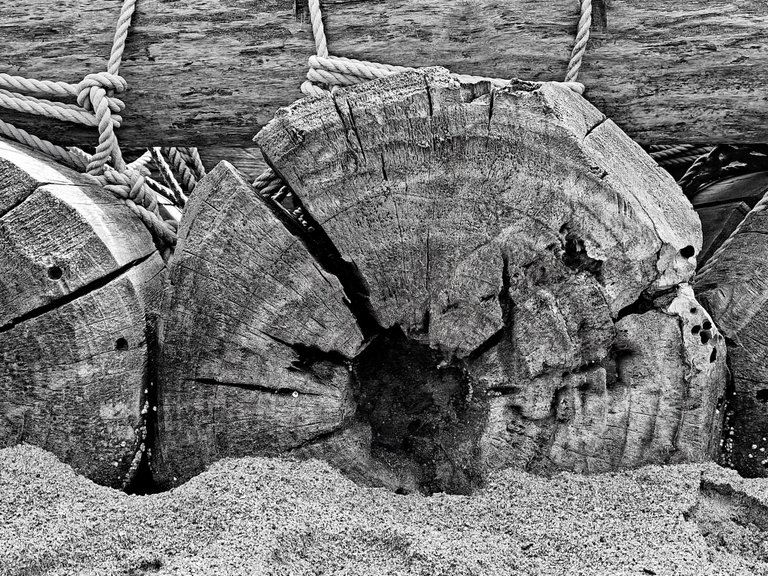
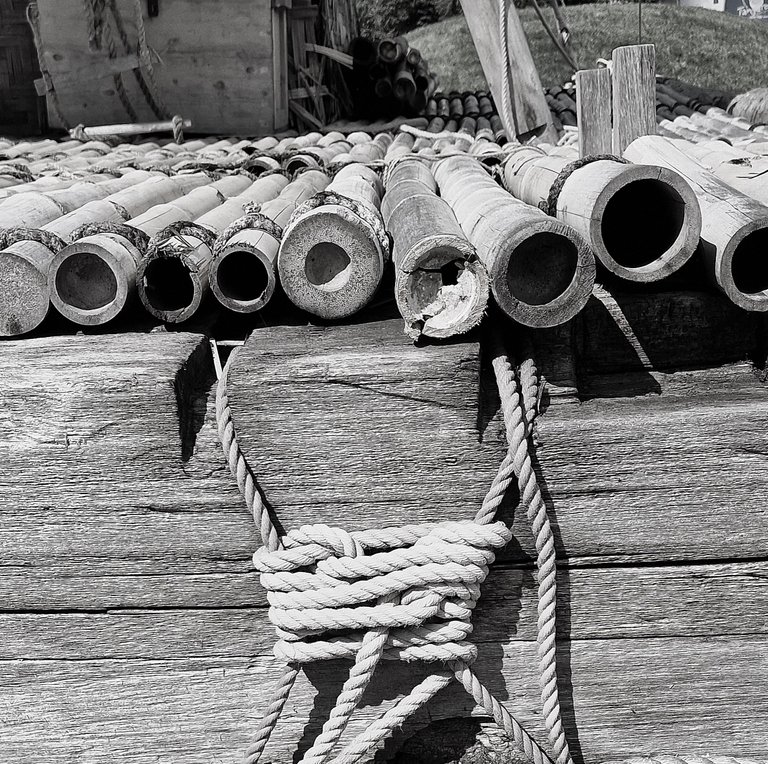
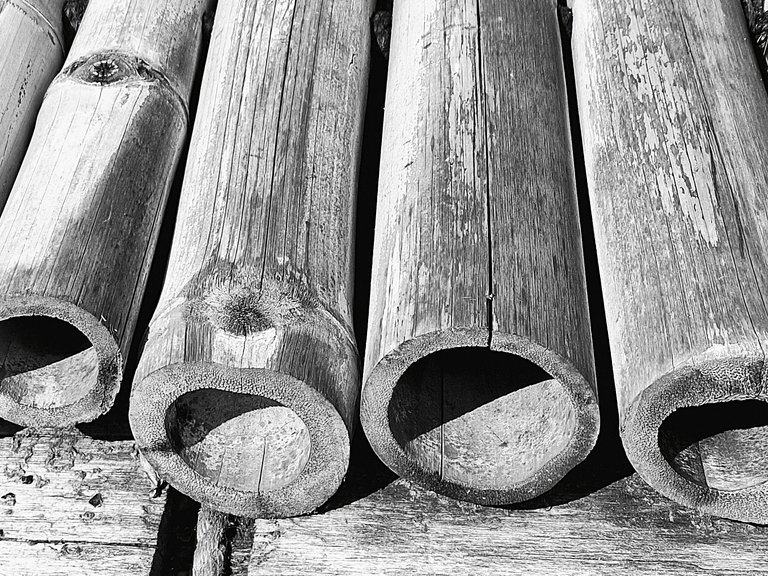
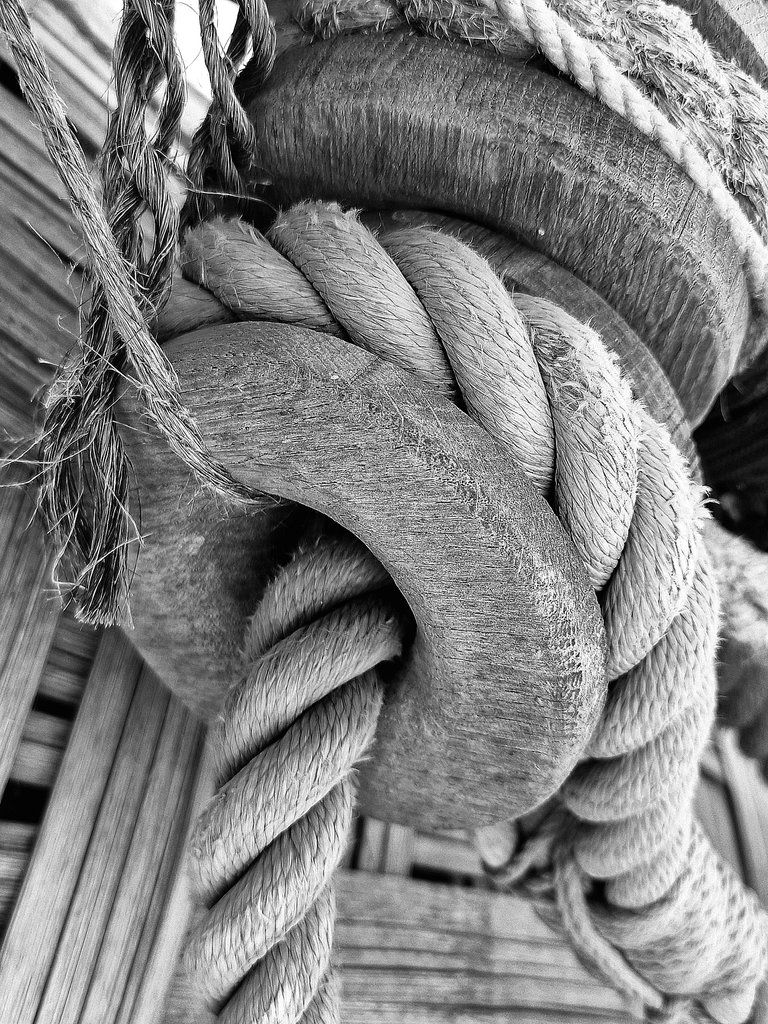
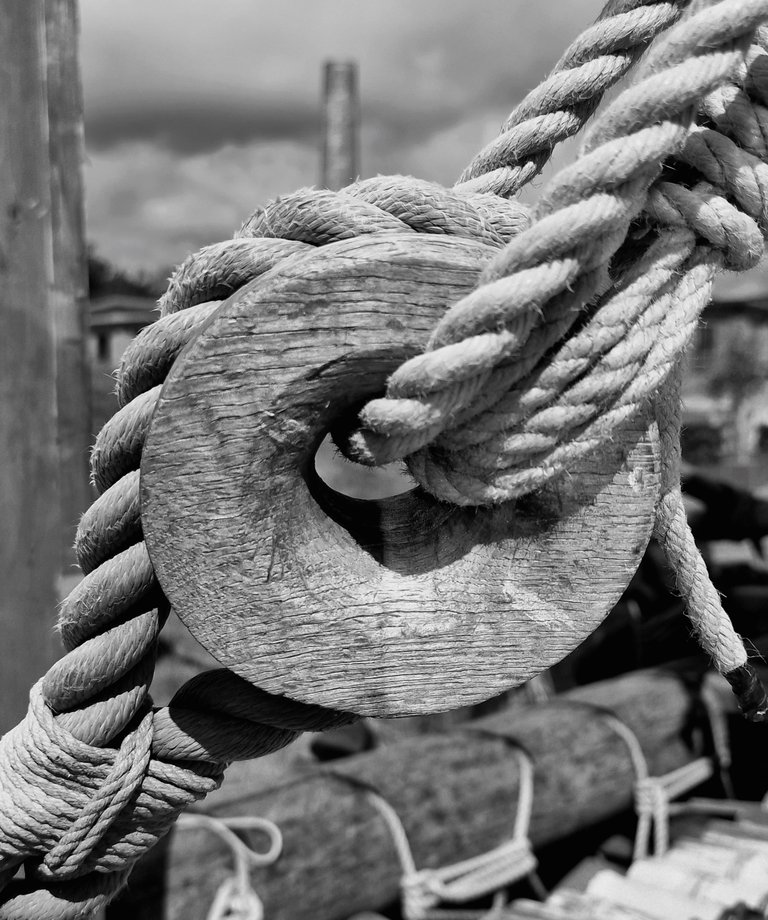
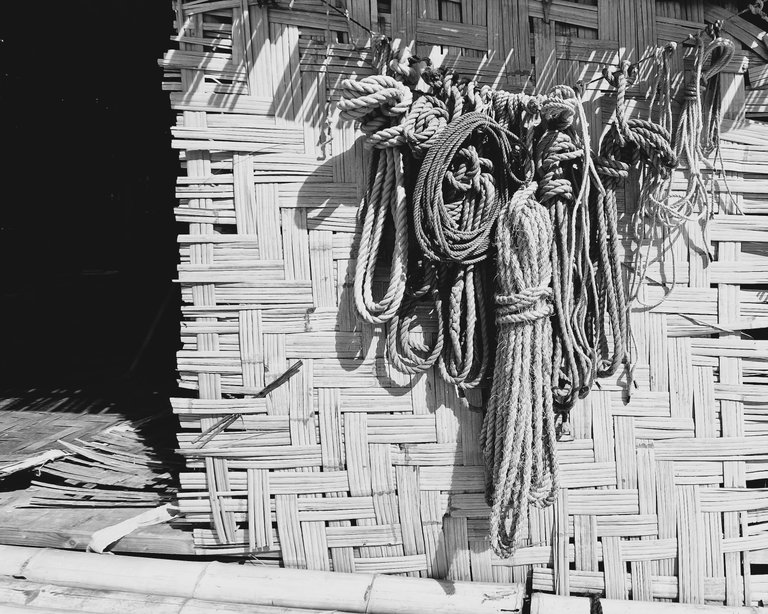
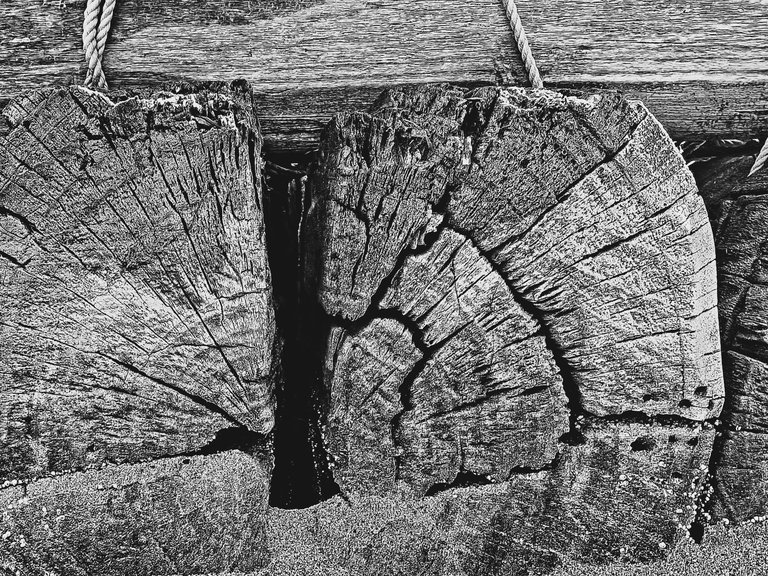

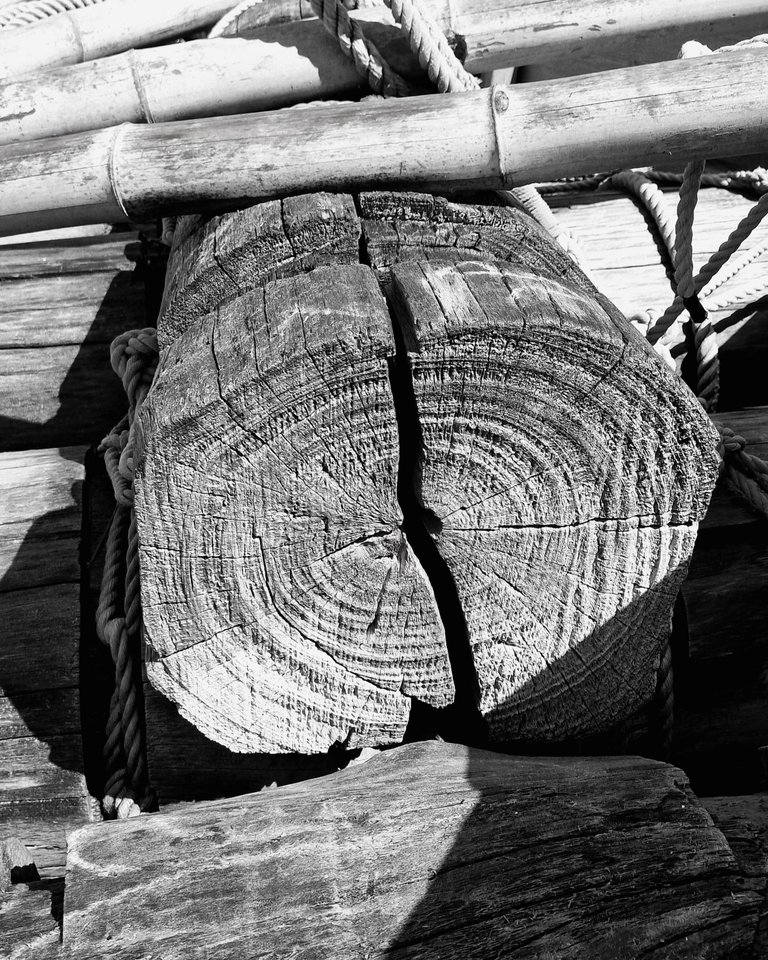
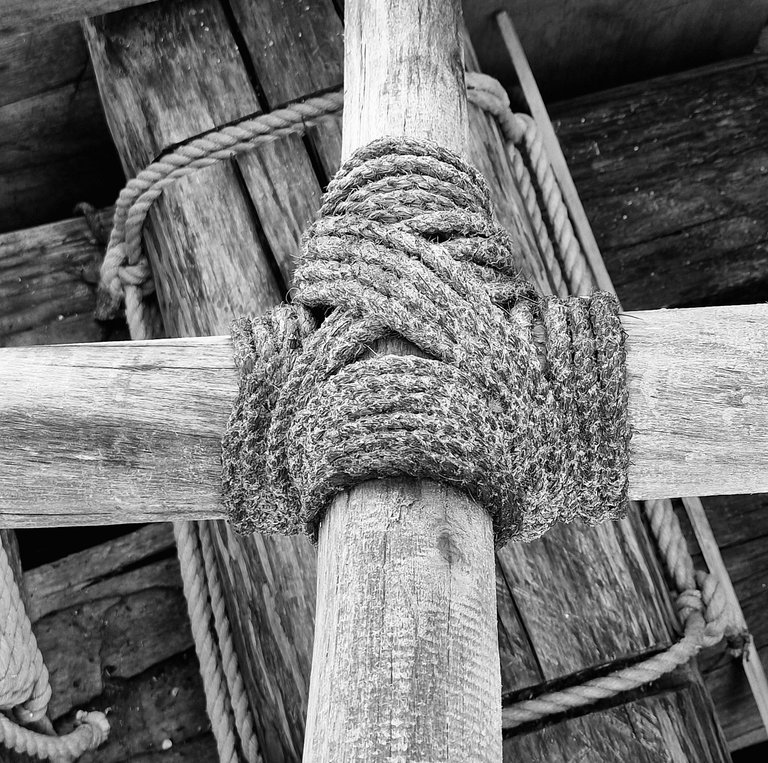
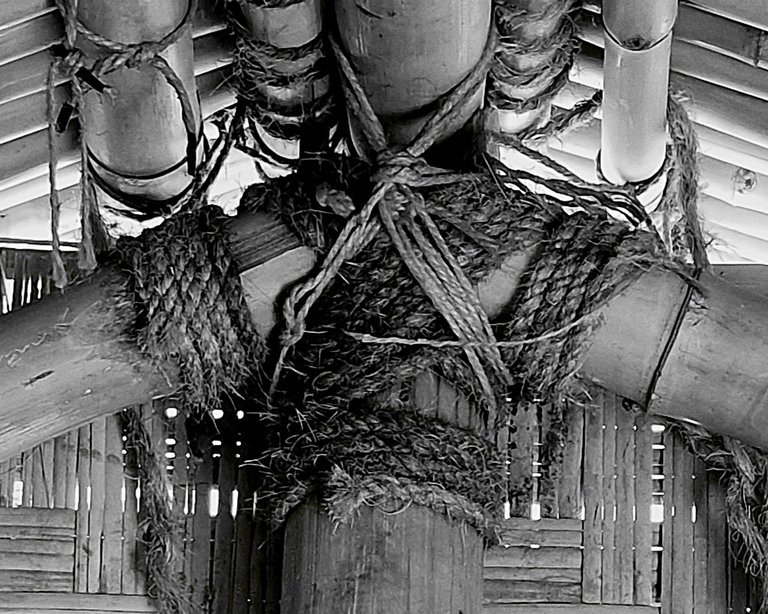
the walls of the tiny cabin are made of woven mats lashed to a structure of bamboo. the roof is also bamboo
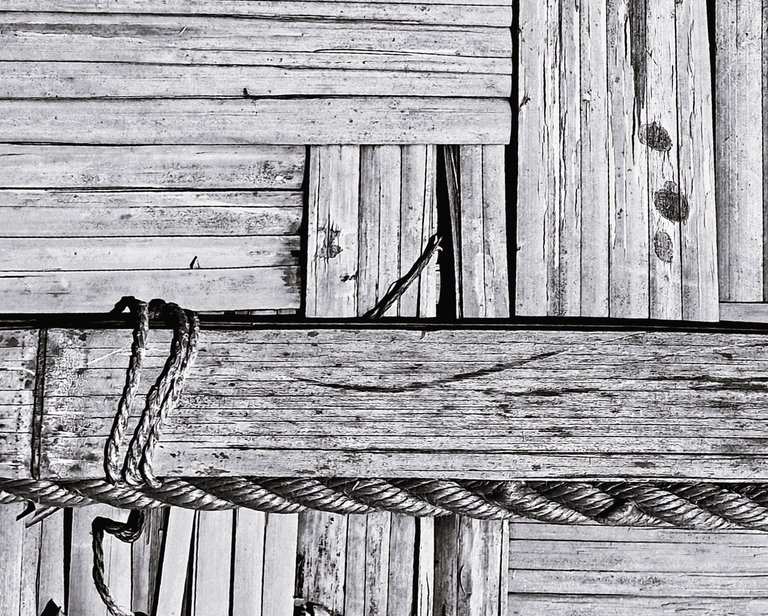
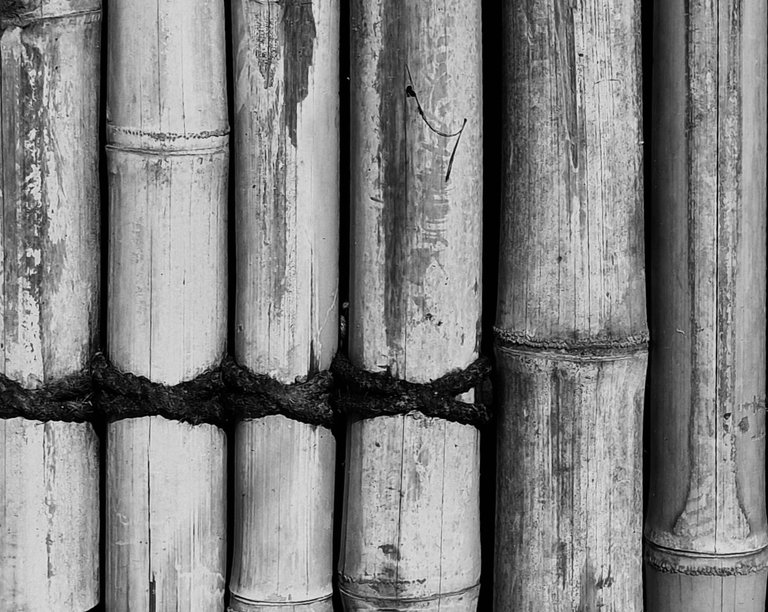
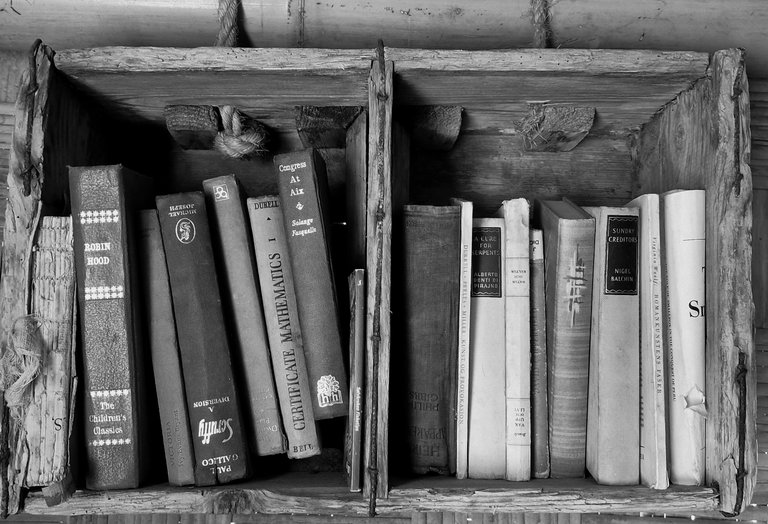 though the crew maintained radio communication with outsiders for safety there were no other modern amenities on board. just a few books for which there was ample time to read.
though the crew maintained radio communication with outsiders for safety there were no other modern amenities on board. just a few books for which there was ample time to read.
